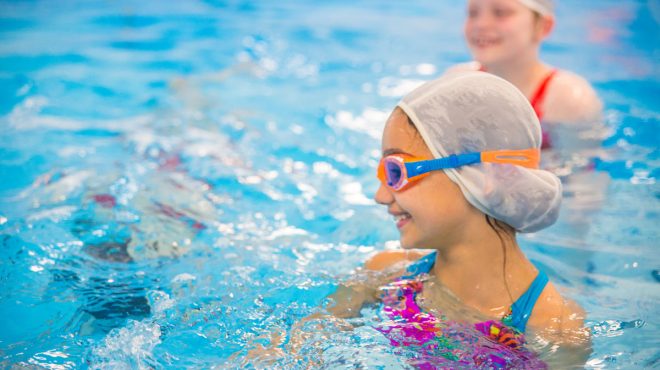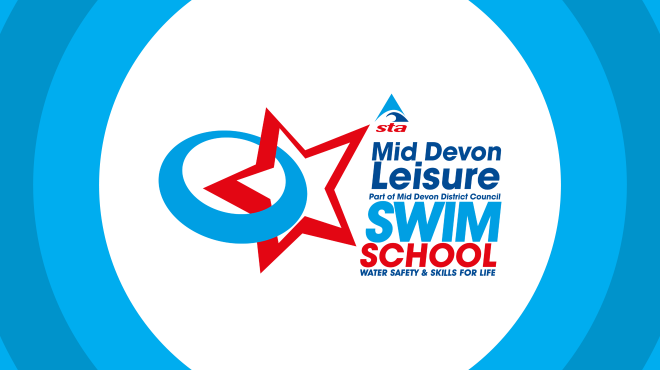A Lack of Qualified Swimming Teachers is Still Impacting on the Opportunity for Youngsters to Learn How to Swim

According to an updated survey carried out by STA last month, difficulties in recruiting trained swimming teachers are continuing to create widespread problems for many swim schools across the UK—with 68% of swim schools saying this is also majorly impacting on the opportunity for children to learn how to swim.
The study shows there has been a massive shift towards swim schools successfully using social media for recruitment—in 2015 only 19% used this platform as compared to 55% in 2018
The 2018 Industry Swimming Teachers Recruitment Survey by STA, found that more than two-thirds of UK swim schools have a waiting list for lesson spaces, while 78% said they could not find appropriately qualified swimming teaching staff to meet this demand—swim schools operating in the North, South East, East Midlands and Wales were revealed to be the biggest problem areas for recruitment.
This latest study, designed to understand how widespread of an issue swimming teacher recruitment is in the UK, follows a similar study that was undertaken by STA in 2015. By comparing statistics like-for-like STA can understand if recruitment has improved or not over the last 3 years by region.
Positively, the 2018 research which has a larger sample size (309 swim schools who combined teach more than 200,000 learners each week) as compared to 2015, does show that in some regions marginal improvements have been made, namely Northern Ireland, London, Scotland and East Anglia, but overall the statistics are still far too high.
66% of respondents said they have no preference on the type of level 2 qualification they want their teacher to hold
Easing the situation the study shows there has been a massive shift towards swim schools successfully using social media for recruitment—in 2015 only 19% used this platform as compared to 55% in 2018. Plus more than double of respondents are now offering additional training to already qualified swimming teachers in order to meet their own business requirements, for example specialist training for teaching baby swimming, adults and disabilities.
STA also cite that training opportunities have been expanded since 2015 following CIMSPA becoming a chartered institute and setting the bar for aquatic qualifications in the UK. This has created a level playing field for level 2 professional swimming teaching qualifications, particularly for employers in the public sector, thus expanding the opportunity for people to access training courses. This is reinforced by the 2018 survey, where 66% of respondents said they have no preference on the type of level 2 qualification they want their teacher to hold. This shift-change will hopefully start to have an even bigger impact over the next few years.
As an industry we have a big job to do in attracting new people to become qualified
Dave Candler, STA’s CEO said: Recruitment is a widespread problem and causes many operational issues for swim schools; from them not being able to cope with demand, being forced to cancel swimming lessons and longer waiting lists, which all impact on their future growth. While the research shows some pockets of improvement as compared to the 2015 survey, the issue of recruitment and how it’s impacting on the opportunity for children to learn how to swim remains a major concern—and especially when you consider that less and less children are actively participating in primary school swimming programmes as this is pushing even more demand onto swim schools.
Unfortunately the issue is also being further compounded in the private sector by the fact that many swim schools already find it difficult to cope with the increased demand for lessons because of pool time availability and a limited number of swimming pools. Increased swim school competition is also perpetuating the skills shortage—over the last 10–15 years, the number of new private swim schools that have opened has increased exponentially.
Swimming is the only activity that can save a person’s life, so lots more needs to be done to address these serious recruitment issues
As an industry we have a big job to do in attracting new people to become qualified,
added Dave. Working with CIMSPA is a fantastic start, not only does this open up training opportunities, it also serves to professionalise the role of a swimming teacher.
Swimming is the only activity that can save a person’s life, so lots more needs to be done to address these serious recruitment issues. As an educational charity dedicated to saving lives, we are working with both large and small swim school operators in the private and public sector to create positive and practical solutions,
confirmed Dave.
A total of 330 respondents, representing swim schools in both private and public sector and who together teach in excess of 209,000 learners each week, responded to the STA survey.
The main findings were:
- 68% said they had a waiting list for swimming lessons
- 78% said they find it difficult to recruit appropriately qualified swimming teachers to meet demand—biggest problem areas are the North, South East, East Midlands and Wales
- 63% said they were looking to recruit swimming teachers to meet demand
- 71% said difficulty in finding appropriate staff was affecting their business growth plans
- 79% said they were prepared to invest in training unqualified staff (16% rise since 2015)
- 68% ‘strongly agreed’ or ‘agreed’ that the lack of staff and increased waiting lists is majorly impacting on the opportunity for children to learn how to swim.
Please contact us for a copy of the full report.
- Categories
- Swimming Teaching, Water Safety, Health & Wellbeing
- Tags
- swim school, swimming lessons




